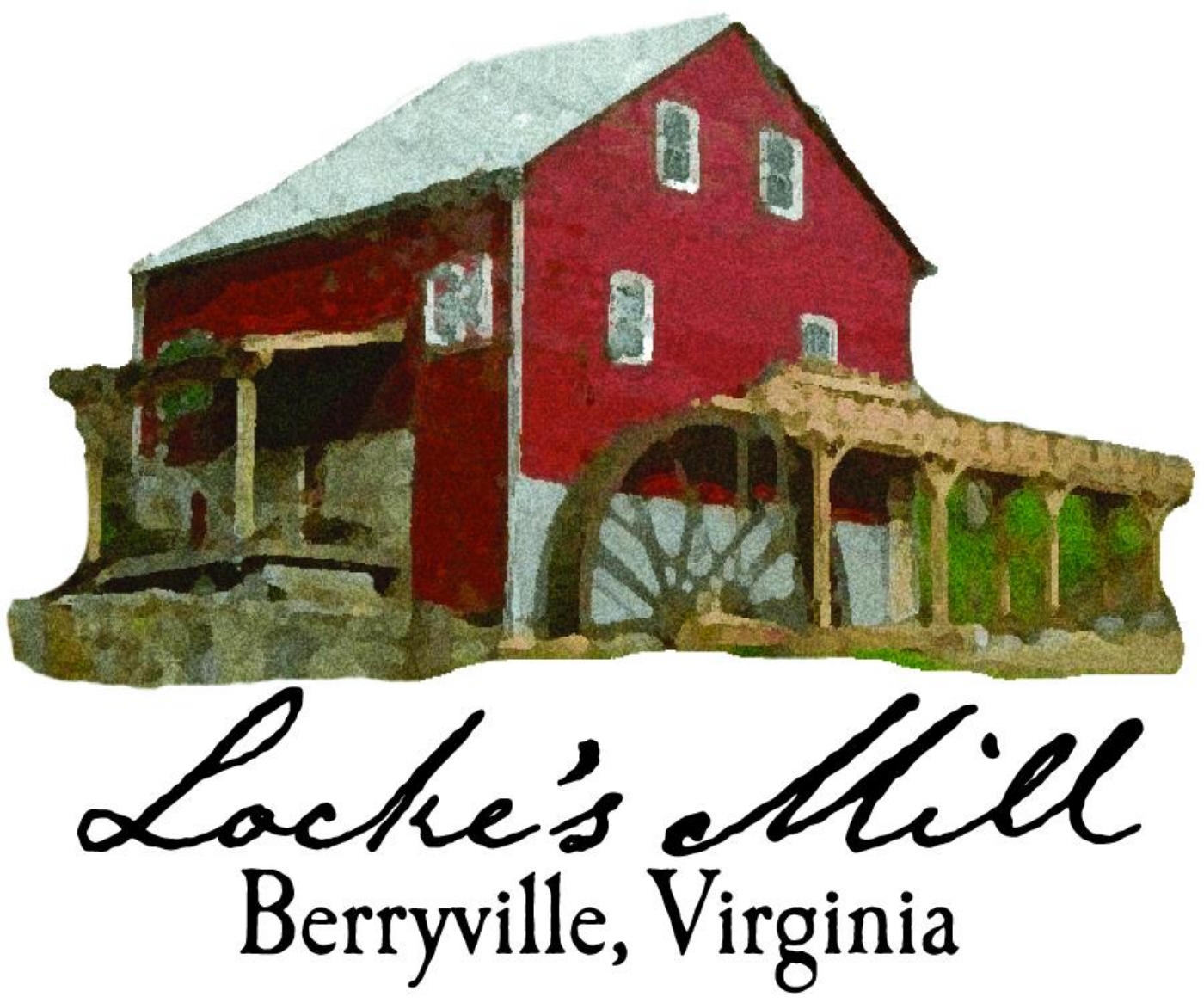Why so many mills?
Some of the water-mills were grist mills, meaning that they used the power of falling water to drive a wheel to grind grains. These grain mills are called grist mills. Others, like Tilthammer Mill, used water-power to drive a forge and huge hammers to shape metal into sheets and wire.
What did Locke’s Mill do?
Locke’s Mill, like most of the mills on the river, ground corn, wheat, rye, and other grains into fine meal or flour. Some of the grain was ground for animal feed, other for people to eat.
Why were there so many mills on the river?
To use water-power, it is necessary that the ground be “falling” to a lower elevation over the distance the water is channeled so that the water comes in at the top of the mill wheel, and is let out at the bottom. This requires a somewhat mountainous area. In the Virginia Piedmont (Piedmont means “foot of the mountain”) area, there is sufficient fall-of-ground to get the elevation required to turn the large, industrial-sized water-wheels. A good guess is that one foot of ”fall” is needed for every foot of wheel diameter. The mill wheel at Locke’s Mill is 23 feet across!
But, why so many mills HERE?
All grains are mostly made of starch. Starch, a carbohydrate, is highly hygroscopic, meaning that it likes to absorb water. West of the Shenandoah River lie the great valleys of the Shenandoah and Ohio Rivers, where grains were grown in the vast quantities needed to feed the city populations of Baltimore, Washington, Richmond, and other coastal towns. If the grain were milled at the farm, by the time it got to the big cities it would have absorbed moisture during transportation turning moldy or, worse, into a solid brick of flour. Over mud roads and in bad weather, it could take over a week to get from Winchester to Alexandria.
Were so many mills really needed?
Milling was a good business because the miller got ten percent of the finest flour, called the miller’s share. The mills here (at one time there were two!) were called Holker’s Mill and Price’s Mill, when they were owned by those families. Building a mill required a great deal of capital (money), so the miller wanted to be certain of a good return on his investment. There was so much grain coming from the west that many people could make a good living running mills along the Shenandoah River.
How long has this mill been here?
The present structure was built in 1876 by Joseph Price. There have been water-mills for over 2,000 years, and in 1875 the owners of Locke’s Mill would have rebuilt their mill with the latest in water-powered technology. It is that mill that has been restored and is grinding grains again here today. The millers will show you all of the modern (for 1875!) features of the mill.
So why do we need water mills?
Modern mills use very heavy steel plates spinning so fast that the steel gets very hot. The grains are essentially “cooked” in the process of being ground. This heat changes the flavor of the flour, and most importantly, the natural oils in the seeds (called the germ) is melted and comes out of the flour. This oil is sold as “cooking oil.” Millstones, made of very hard French Buhr rock, turn more slowly, keeping the huge millstones cool, so the flavorful oils and the nutrition in the grain are retained in the flour. Simply put, it just tastes better. Try some and see what you think!
Why is this mill still here?
Locke’s Mill was very lucky. Shortly after Carol Sigler purchased it in 1992, her dream became to restore it to operating condition. After Carol and Jon Joyce married, Jon joined in the challenge, and the mill became operational in late 2013. Locke’s Mill Grains now sells flour again!
Why are so few other mills saved?
Water-power was largely replaced by steam-power by 1850 and by electricity by 1900. As the newer forms of power allowed mills to move away from a few areas along the river, larger mills concentrated near the cities gradually replaced those water-mills. The old water-mills are made of wood, and people with special skills are needed to replace the parts which have been lost or destroyed over time.
What’s so special about Locke’s Mill?
Locke’s Mill does not use the water from the river as you might think. Locke’s Mill uses a spring that comes from the top of the mountain above it, channeled through an aqueduct to carry the water through a sluice to the mill wheel. While the river still floods regularly, the new mill is high up out of the way. An earlier mill was washed away, and sometimes you can see the old foundations between the present mill building and the Shenandoah river.
What is Organic?
Locke’s Mill was certified USDA Organic in 2017. Grain that is grown without chemical poisons, oil-based fertilizers, or scientifically changing the grain seed is called Organic. The millers at Locke’s Mill restored the east French Buhr millstones, sifter and other parts needed to grind these healthful products with stone wheels, keeping their nutrition and flavor in the flour for you to eat.
